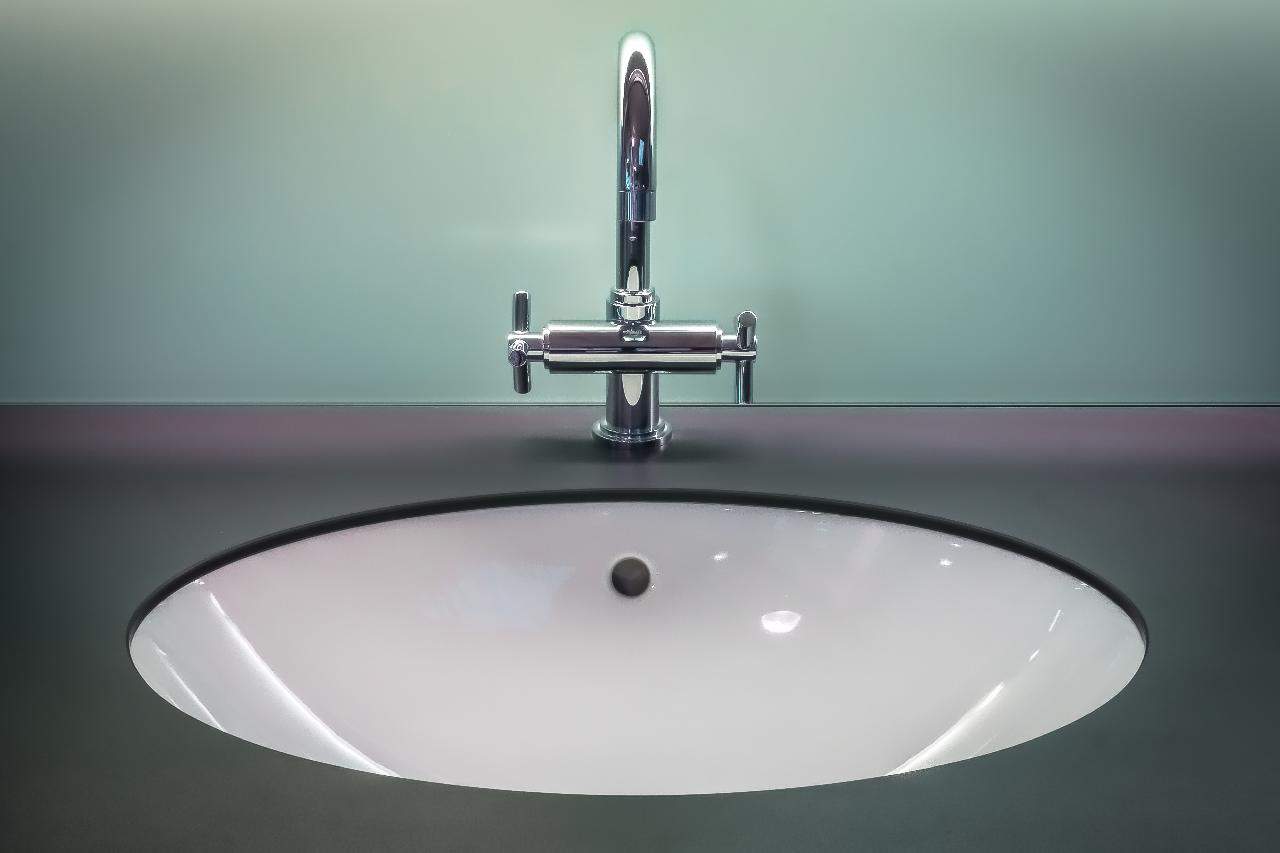Properly maintained reverse-osmosis systems do a great job of filtering water to make it better-tasting and more healthful. When a reverse-osmosis filtration system does not receive the attention it needs, however, problems can easily develop.
Specialists like Aquarius Home Services are always able to diagnose and resolve such issues and others. Homeowners can make things easier on themselves by remaining vigilant for the five most common signs that a reverse-osmosis system is in need of maintenance.
- Leaks
Plumbing can always fail, especially if it is not maintained correctly. One of the most common symptoms of badly maintained plumbing is a leak that appears at a joint, faucet, or other critical point.
Part of the appeal of reverse-osmosis filtration systems, of course, is that they integrate so naturally with existing plumbing setups. Even when a reverse-osmosis filter itself is still in great shape, the places where external plumbing feeds into and out of it can develop leaks.
Some leaks end up being easy to notice, since water accumulates rapidly. Others have a way of remaining concealed, but alert homeowners can still catch them.
One home-improvement authority, for instance, notes that keeping a close eye on a home’s water bills can help. This is a proven way to become aware that an improperly maintained reverse-osmosis system has developed one or more leaks.
- Unpleasant Odors or Flavors
Most reverse-osmosis filters get installed, at least in part, in hopes of making the water at home more enjoyable to drink. Many such projects produce drastic-enough improvements in water quality that any backsliding will be easy to notice.
Should formerly appealing water develop an unpleasant taste or smell, it will often be a lack of reverse-osmosis maintenance that is the culprit. One exception to this rule of thumb comes when municipal water supplies get thrown off temporarily because of issues like short-lived algae blooms. That can be enough to overwhelm the ability of even a properly maintained filtration system to render the water palatable.
- Continuous Operation
A reverse-osmosis filter that is working properly should only need to engage in short, intermittent bursts of activity. A lack of maintenance can see a clogged-up or run-down filtration system running almost constantly, instead.
Simply checking on the status of a system every so often should make it easy to notice such symptoms. An improperly installed membrane can also force a reverse-osmosis that was recently put in to run much longer than it should, as well.
- Strange Noises
It is entirely normal for a reverse-osmosis filtration system to make some noise while in operation. If the character or intensity of the usual sounds change, that will often be a sign of a problem.
A reverse-osmosis filter that is developing a blockage, for instance, might start to make gurgling noises that were absent in the past. Once again, becoming used to how a system acts when in good working order will make it easier to identify symptoms of reverse-osmosis problems.
- Reduced Water Flow
Reverse-osmosis filters are designed to pressurize themselves so the water they process can move easily through a home’s plumbing. If seals or other parts within a system break down, pressure levels will often drop in response.
That will typically cause a reduction in water flow rate, whether easily noticeable or not. One way to become aware of a problem in the latter case is to get used to how long it takes to fill up a pitcher or even a glass of water when things are working well.
Stay alert for these five signs of problems and your reverse-osmosis system should serve you more reliably. Regular, effective maintenance goes a long way toward making any such setup truly rewarding to own.
Discover more from Futurist Architecture
Subscribe to get the latest posts sent to your email.



